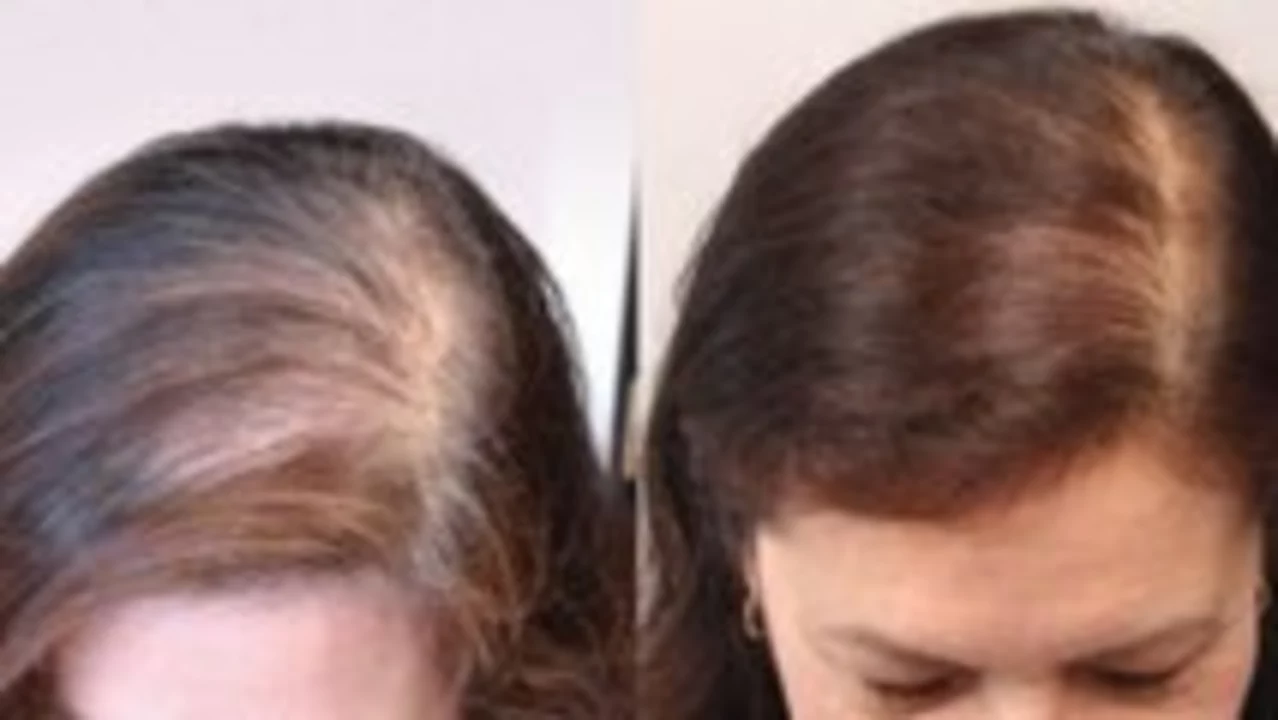Hair Loss: Real Causes, Honest Solutions, and What Actually Works
Hair loss sneaks up on you. One day, you notice just a little extra hair on your pillow or in the shower. Maybe your hairline looks thinner than last year. If this sounds like you, you’re definitely not alone. Both men and women face hair loss, and it’s tough not just for looks but also for self-esteem.
The real kicker? There are dozens of reasons why people lose hair. Genetics play a monster role—think androgenetic alopecia (that’s the science term for male and female pattern baldness). Then there’s stress, poor diet, certain medications, thyroid problems, and a handful of diseases. It’s not just bad luck or getting older; sometimes, your body sends up warning flares in your scalp.
Let’s be real—most folks want something they can actually do about it. The problem is, there’s a truckload of products and "miracles" out there, but most barely make a dent. Minoxidil (like Rogaine) is the only common topical you can just buy at the drugstore that’s FDA-approved for both men and women. It won’t fix a totally bald patch but can slow hair loss or make thin hair a bit thicker. For men, finasteride pills (Propecia) work for a sizable chunk, but you need a prescription and there can be side effects.
Do shampoos and conditioners promising "fuller hair" actually help? Don’t expect magic. They sometimes add instant volume or stop scalp itch, but they rarely change the long game. Same story with biotin supplements—great if you’re actually deficient, but not a hair regrowth pill for everyone.
Dealing with hair loss calls for some detective work. If you’re suddenly shedding a lot, talk to your doctor. Blood tests can check for thyroid issues, low iron, or hormone problems. Fixing these can sometimes reverse the shed. Don’t forget lifestyle: eating whole foods, easy exercise, and taking it a little easy on your hair when brushing or styling really does help. Too many tight ponytails, harsh dyes, and high-heat straighteners just wreck what you’ve got left.
Wigs and hairpieces used to be obvious, but today’s versions can look surprisingly real if you pick a style matching your own. There are also surgical options, like hair transplants, but these take commitment and can get expensive fast—think several thousand dollars for a single session.
Your best shot? Combine a proven treatment (minoxidil, maybe prescription options), lay off harsh hair routines, and check for health issues behind the scenes. Don’t fall for wild "miracle cure" ads. Talk with a dermatologist who has real experience with hair loss. That’s how people make progress, one step at a time, with zero snake oil in sight.
Cabergoline and Hair Loss: What You Need to Know
As a blogger, I recently came across the topic of Cabergoline and its potential link to hair loss. I discovered that Cabergoline is a medication primarily used to treat high levels of prolactin hormone in the body. While researching, I found out that some individuals have reported hair loss as a potential side effect of the drug. However, it is essential to note that further studies are needed to confirm this connection. If you're concerned about hair loss while taking Cabergoline, it's best to speak with your doctor to discuss your options and any possible alternatives.
